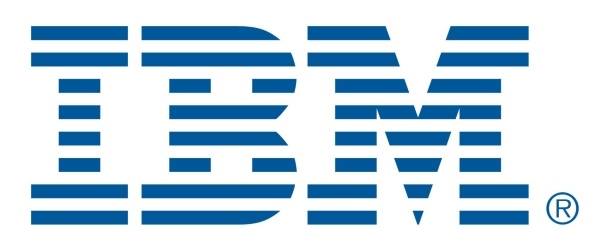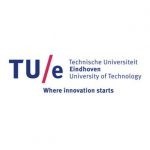IBM’s Roadmap for Building an Open Quantum Software Ecosystem

(IBM.Blogs.Research) IBM’a Karl Wehden, Ismael Faro, and Jay Gambetta have written an extensive blog to explain IBM’s quantum software roadmap. This follows IBM’s September 2020 bold step of releasing a hardware roadmap showing a clear pathway to over 1,000 qubits, identifying the challenges we anticipate along the way and proposing solutions to these challenges.
In the words of the authors: “Creating the right conditions for quantum computing to transform the broader distributed computing ecosystem within this decade is a gargantuan effort. We must incorporate the past 50 years of lessons learned from classical computing to accelerate the integration of quantum and classical systems at an astronomically fast pace. Thankfully, this time around we’ll have the help of an open-source community’s power and ability to mobilize developers worldwide, plus cloud-native deployment of quantum workloads, in order to break down any potential barriers and to democratize access to this new technology as quickly as possible.
We know that software development is best done collaboratively, since open-source approaches are based around the understanding that an ecosystem of different human needs drives the best outcomes — and quantum computing is no different. We expect developers to work in each of three key segments laying the groundwork for those working higher up in the stack.
At the lowest level, quantum kernel developers are creating high-performance quantum circuits with timing and pulse-level controls.
Quantum algorithm developers rely on these circuits to develop groundbreaking quantum algorithms that might provide an advantage over present-day classical computing solutions.
Finally, quantum model developers apply these algorithms to real-world use cases in order to develop quantum models for chemistry, physics, biology, machine learning, optimization, or even finance.
Our Development Roadmap serves to give each developer segment the tools they need to produce the best circuits, algorithms, and models, while maximizing the opportunities for collaboration. We are increasing the variety of circuits and the capacity of our systems to run more circuits more quickly, while developing a platform where quantum developers can work seamlessly in the same integrated cloud-based framework. Workloads with both quantum and classical components will not be constrained by origin or the nature of integration, and the hybrid cloud will allow these workloads to run everywhere that our cloud native systems run today and in the future.
Looking to 2025 and beyond, we think that our dream of frictionless quantum computing will become a reality—one where the hardware is no longer a concern to users or developers. By then, we envision that developers across all levels of the quantum computing stack will rely upon on our advanced hardware with a cloud-based API, working seamlessly with high performance computing resources to push the limits of computation overall—and include quantum computation as a natural component of their existing computation pipelines. We hope that by 2030, companies and users are running billions, if not a trillion quantum circuits a day, perhaps without even realizing that they’re doing so.
We hope that our roadmap toward this truly frictionless development framework can deliver the best experience with quantum computers in the world for our users, clients, and our quantum computing community. And we certainly do not plan to take this journey alone. Through continued release of open-source software for the community to explore, create, and develop exciting new quantum applications, we will build the quantum ecosystem of tomorrow, together.


















